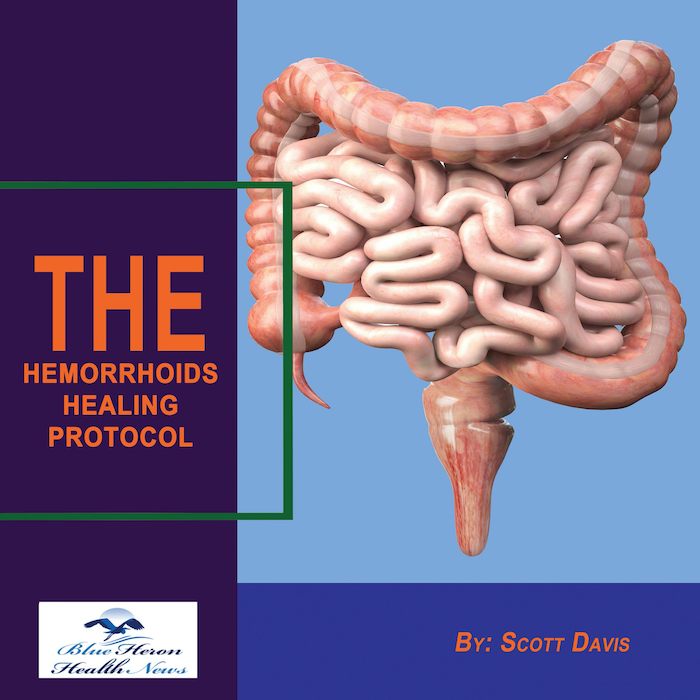
The Hemorrhoids Healing Protocol The Hemorrhoids Healing Protocol™ by Scott Davis This healing protocol is a basic program that gives you natural ways and remedies to treat hemorrhoids diseases safely and securely. Moreover, this program is effective as well as efficient.While using this program, you can avoid using those prescription medicines, lotions, and creams, and keeps you away from the side effects.
What are the primary symptoms of hemorrhoids?
Hemorrhoids, also known as piles, are swollen and inflamed veins in the rectum and anus. They can cause a variety of symptoms that range from mild discomfort to significant pain and inconvenience. Understanding the primary symptoms of hemorrhoids is crucial for recognizing the condition and seeking appropriate treatment. Here is a detailed overview of the symptoms associated with hemorrhoids:
Types of Hemorrhoids
Before delving into the symptoms, it’s important to distinguish between the two main types of hemorrhoids, as their symptoms can differ:
- Internal Hemorrhoids: Located inside the rectum, above the dentate line.
- External Hemorrhoids: Located under the skin around the anus, below the dentate line.
Symptoms of Internal Hemorrhoids
Internal hemorrhoids are typically not visible and often cause fewer symptoms compared to external hemorrhoids. However, they can still be quite troublesome. Common symptoms include:
- Rectal Bleeding:
- Description: Bright red blood on the toilet paper, in the toilet bowl, or on the surface of the stool.
- Cause: The fragile blood vessels in the hemorrhoids can be damaged during bowel movements, leading to bleeding.
- Prolapse:
- Description: Protrusion of the hemorrhoid through the anal opening during straining or bowel movements. It may retract on its own or require manual repositioning.
- Cause: The internal hemorrhoids become large enough to bulge out of the anus.
- Mucus Discharge:
- Description: Mucus may be discharged from the anus, which can lead to irritation and discomfort.
- Cause: Mucus is produced by the lining of the rectum and may accompany prolapsed hemorrhoids.
- Itching and Irritation:
- Description: Itching around the anal area, often caused by mucus discharge and prolapse.
- Cause: The skin around the anus can become irritated by the mucus and stool particles.
- Pain and Discomfort:
- Description: Internal hemorrhoids are usually painless due to the lack of pain-sensitive nerves in the rectum. However, prolapsed hemorrhoids can cause discomfort or a feeling of fullness.
- Cause: Prolapsed hemorrhoids can become irritated and painful if they remain outside the anus.
Symptoms of External Hemorrhoids
External hemorrhoids are more likely to cause noticeable symptoms because they are located in a highly sensitive area. Common symptoms include:
- Pain and Discomfort:
- Description: Pain around the anal area, which can be sharp or aching, especially during bowel movements or when sitting.
- Cause: External hemorrhoids are more sensitive to pain due to the presence of numerous pain-sensing nerves in the skin around the anus.
- Swelling and Lumps:
- Description: Swelling or the presence of one or more hard lumps around the anus.
- Cause: Swollen veins form lumps, which can be tender or painful to touch.
- Itching and Irritation:
- Description: Persistent itching around the anus.
- Cause: The swelling and lumps can cause skin irritation and itching.
- Bleeding:
- Description: Bright red blood on toilet paper or in the toilet bowl after a bowel movement.
- Cause: The skin over the hemorrhoid can be damaged by straining or wiping, leading to bleeding.
- Thrombosis:
- Description: A blood clot forms within an external hemorrhoid, leading to a hard, painful lump (thrombosed hemorrhoid).
- Cause: Blood pools in an external hemorrhoid and clots, causing severe pain and swelling.
Complications and Severe Symptoms
In some cases, hemorrhoids can lead to complications or more severe symptoms, including:
- Strangulated Hemorrhoid:
- Description: Occurs when a prolapsed hemorrhoid becomes trapped outside the anus and its blood supply is cut off.
- Symptoms: Severe pain and swelling, and the area may become infected.
- Infection:
- Description: Hemorrhoids can become infected, leading to increased pain, redness, and possibly fever.
- Symptoms: Signs of infection include increased redness, warmth, pus, and fever.
- Anemia:
- Description: Chronic bleeding from hemorrhoids can lead to anemia, a condition where the body lacks enough healthy red blood cells.
- Symptoms: Fatigue, weakness, and pale skin due to the loss of blood over time.
Summary
Hemorrhoids can cause a wide range of symptoms depending on their type and severity. Internal hemorrhoids often lead to painless bleeding and prolapse, while external hemorrhoids are more likely to cause pain, swelling, itching, and thrombosis. Recognizing these symptoms early and seeking appropriate treatment can help manage the condition effectively and prevent complications. If you experience persistent or severe symptoms, it’s important to consult a healthcare provider for a proper diagnosis and treatment plan.
The Hemorrhoids Healing Protocol The Hemorrhoids Healing Protocol™ by Scott Davis This healing protocol is a basic program that gives you natural ways and remedies to treat hemorrhoids diseases safely and securely. Moreover, this program is effective as well as efficient.While using this program, you can avoid using those prescription medicines, lotions, and creams, and keeps you away from the side effects.